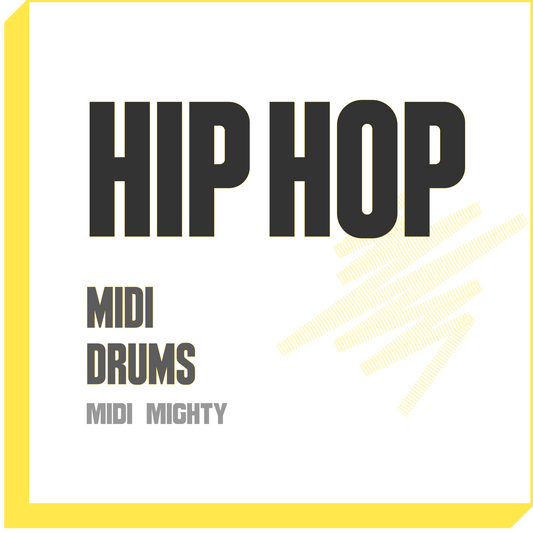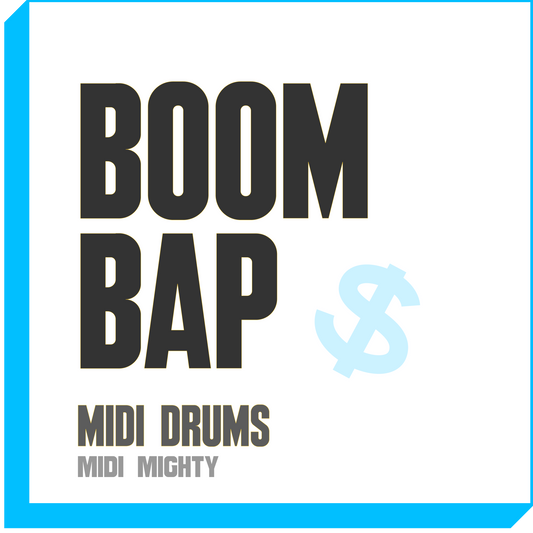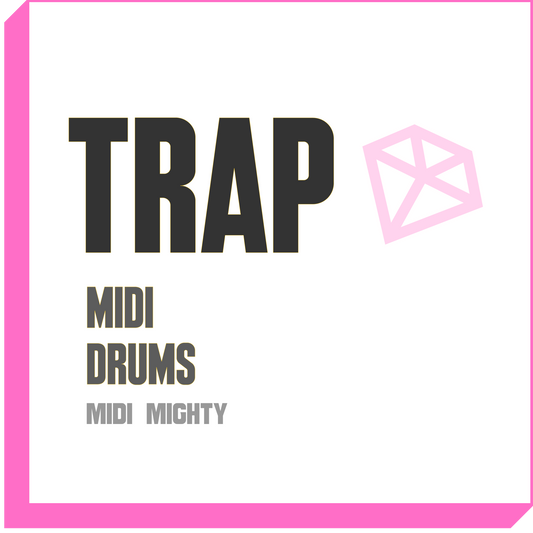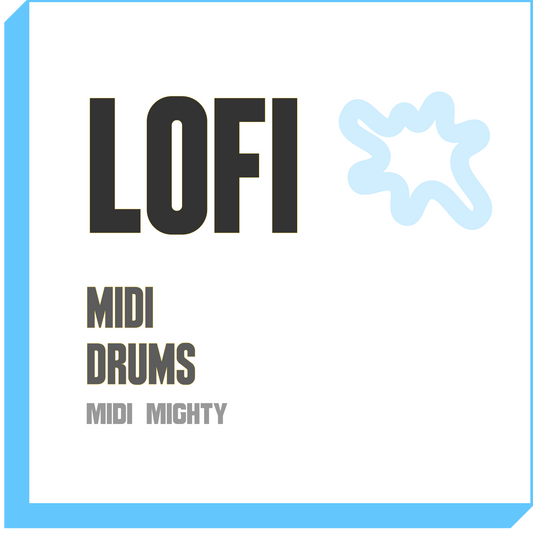Reggaeton drum patterns have a distinct pattern that gives it the reggaeton sound. The drum patterns are the backbone of reggaeton.
In this article I'll breakdown the different core reggaeton drum patterns with images and sounds.
There's two main types I'll cover:
Core Reggaeton Drum pattern: This is the core pattern reggaeton beats are made from
Four On The Floor: this is using the core reggaeton drum pattern with four on the floor. It makes for a more upbeat bonce and groove.
Here's what we'll end up getting to:
They may seem complex but you'll see it's pretty straightforward.
Core Reggaeton Drum Pattern
First let's set up our drum grid first. Here's what one bar looks like with the four beats and the steps in each beat.

And here's the core reggaeton drum pattern filled in. It follows the format of 2 spaces, 2 spaces, then 1.
We'll show it with just the kick drum but later we'll show and provide examples with the kick and the snare.

And then if you want to see what it looks like in a drum sequencer or as in MIDI, here's what that looks like:

And here's what it sounds like
We can build on that and and add snares. Here's 3 different variations;
- The first follows a 2 kicks, 1 snare pattern
- The second is kick, snare, kick kick pattern
- The third is the same with the first just reversed the kick and snares
Version 1

Here's Version 2

And here's version 3

A Popular Reggaeton Drum Pattern: Four On The Floor
The four on the floor drum pattern is popular in reggaeton. You can use the four on the floor pattern with the core reggaeton drum pattern for reggaeton beats.
This gives you more options to play and experiment with.
Here's three different variations
- Version 1 has the four on the floor pattern for kicks and the core reggaeton drum pattern as the snares
- Version 2 has the four on the floor pattern for kicks and the core reggaeton drum with four snares
- Version 3 also have the four on the floor kick pattern but with 2 snares that line up with the core reggaeton drum pattern
Here's Version 1

Here's Version 2

And here's version 3

And here's what it sounds like
Advanced Drum Patterns
The above gives you the base pattern you can build upon. From here you want to layer in more sounds to fill it out. A few things you can do
- Use two different kicks. Follow the same patterns above but alternate between different kicks
- Accent Snares: add a lower volume accent snare right before the main snare
- Add hi hats that follow the core reggaeton drum pattern
- Emphasize every other hi hat to get a nice bounce
- Layer in percussion following the drum pattern
Here's an example of a reggaeton drum pattern with multiple kicks, accent snares, and hi-hats layered in:

And here's what is sounds like:
More Drum Patterns
If you're looking for more reggaeton drum patterns check out the Reggaeton MIDI Drums and Pattern Guide. It's includes 62 patterns in MIDI format and comes with the MIDI stems for flexibility.
Sections of the guide include:- Building block patterns to mix and match to create your own track
- Core reggaeton drum patterns to start your reggaeton beats
- Advanced reggaeton drum patterns
- Reggaeton drum breaks and fills patterns
- Tips make the best reggaeton tracks
Wrapping Up
Use that core reggaeton drum pattern as the base of your reggaeton beats. Play with the placement of where you put the kicks and snares, but stick to that pattern and you'll be good to go.
Or start with the four on the floor pattern and add in the core reggaeton drum pattern for the snare. Pick and choose which ones to add in.
Above all, play, experiment, and have fun.
-Cole





